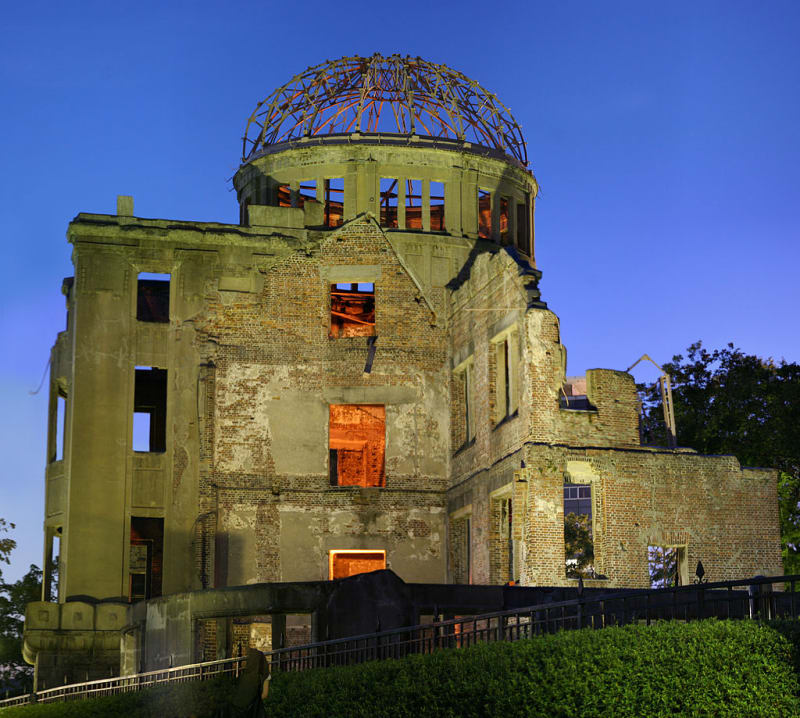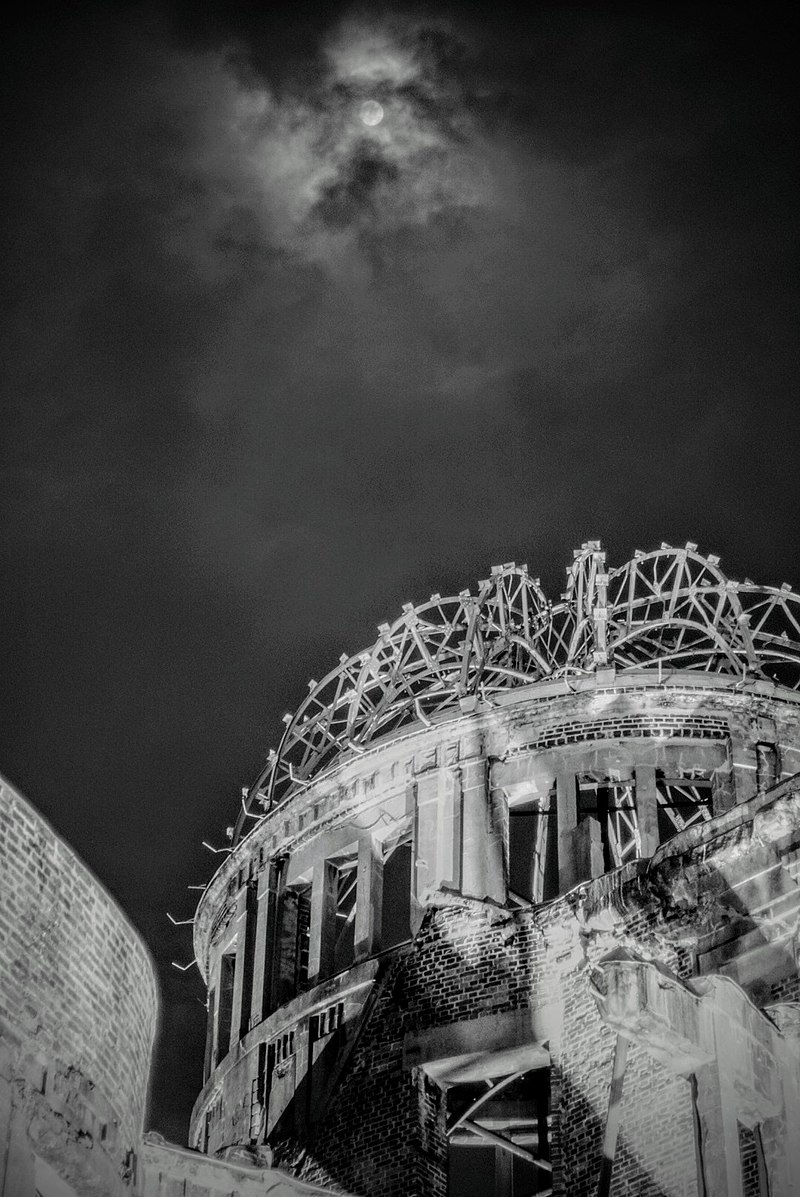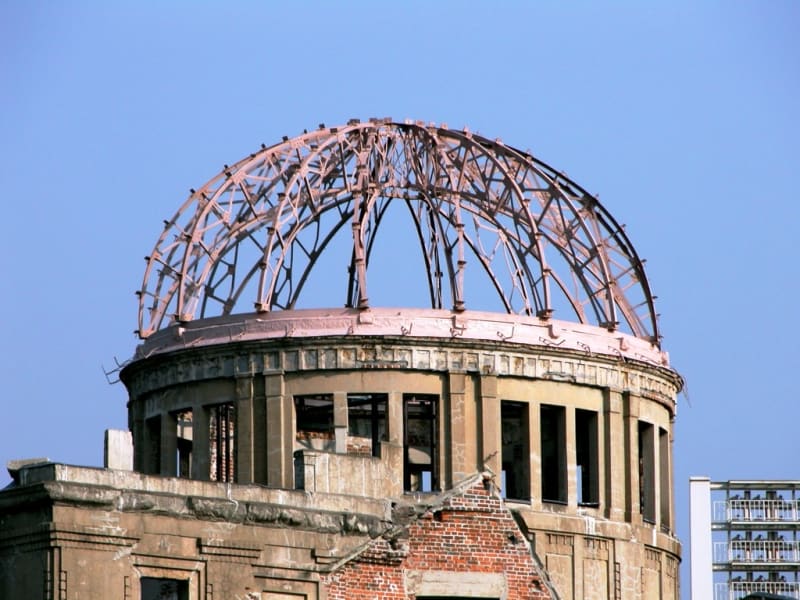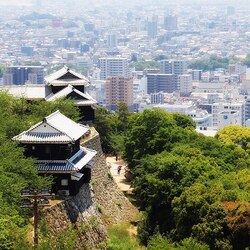Peace Memorial in Hiroshima
The Hiroshima Peace Memorial serves as a reminder that in August 1945, the United States launched a nuclear attack on the Japanese cities of Hiroshima and Nagasaki, dropping atomic bombs on them. Hiroshima was chosen specifically - high population density, wooden flammable houses, located on a plain among the mountains. The strike on it was supposed to bring the maximum number of human casualties and destruction. As a result of the nuclear explosion of a 4-ton bomb, the city was wiped off the face of the earth, leaving only ashes, shadows of dead people on the surviving walls of buildings.

The history of the Hiroshima Peace Memorial
All clocks in Hiroshima stopped at 8:15 a.m., the time of the nuclear attack. Up to 100,000 people died immediately. Tens of thousands died from the effects of the nuclear bombing. According to 2014 data, a total of 293 thousand people died. There was no water in the city, so there was nothing to put out fires, and people were dying of thirst. Until now, the residents of the city are careful about water. During the annual commemorative ceremony, a Kensui ritual is held - offering water. In memory of the tragedy, the Hiroshima Peace Memorial was created, serving as a mute reproach and warning to all mankind.
The Hiroshima Peace Memorial includes the former exhibition center of the Chamber of Commerce and Industry. The design of the center's building in 1915 was created by architect Jan Letzel. It was made in a style adopted in Europe, but unconventional and new to the Japanese. It was a three-story building topped with a giant dome.

Features of the Hiroshima Peace Memorial
The explosion occurred 160 meters from the exhibition center. Everyone who was in it died. The building itself was significantly destroyed and burned. The dome survived, but was significantly damaged. Now it is called "Gambaku Dom" - "Atomic Dome". It was reinforced to avoid collapse, but was not rebuilt. Today it is the most famous object of the memorial complex. The building stands on the banks of the Ota River in the historical center and occupies more than 1,000 square meters. Nearby, on the opposite side of the river, on a small island is the Peace Memorial Park. During the nuclear attack, the island was at the epicenter of the explosion. There are sculptures and monuments in the park, a Memorial Museum, a ceremonial bell, a Children's Peace Monument and a cenotaph, which is the name of the common gravestone to the victims of the nuclear explosion.
The Japanese high school curriculum has introduced mandatory familiarization with the Atomic Bell so that they can see the terrible consequences of ill-considered actions. Despite the protests of representatives of the United States and China, in 1996, the Gambaku House was included in the UNESCO World Heritage List. The international community has assessed the Hiroshima Peace Memorial as the most important evidence of the extremely negative consequences of the use of nuclear weapons.









